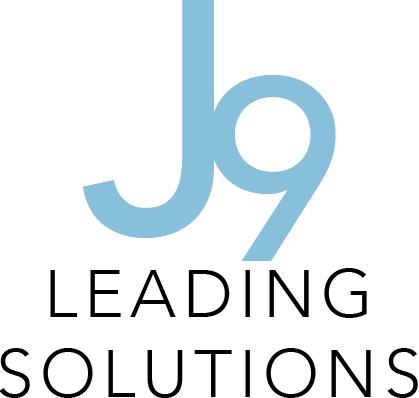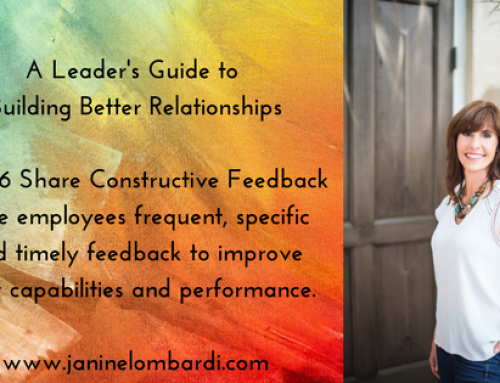In a matrix organization the emphasis is on sharing expert/specialist resources across projects that may, themselves, have shared leadership between project management and functional management. Because of this, for a matrix organization to be successful, it must emphasize team, collaboration, communication, relationships, accountability and shared systems and processes.\n\n \n\nThe ability to be proactive and act independently, while still maintaining the ability to act as a team, is important. Tools and techniques like: influencing without authority, building relationships, and managing atdifferent levels within the organization are all key competencies of leading and working in a matrix.\n\nFactors that make the functional matrix effective include:\n
- \n
- The ability to create alignment where it is possible, and flexibility where it is not
- The ability to influence, build networks and get things done without traditional line authority
- Living with ambiguity – managing dilemmas and trade-offs
- Managing multiple managers
- Open communication and courage
- Conflict Management
- Right structure & process
- Aligned objectives and incentives
- Management routines – planning
- Clear decision rights
- Clarity of roles and responsibilities
\n
\n
\n
\n
\n
\n
\n
\n
\n
\n
\n
\nA functional matrix structure can result in speed, flexibility and more efficient use of resources. To avoid escalation, delay and frustration requires team members have knowledge, skills, information and confidence to make decisions and manage in a complex environment.\n\n






Leave A Comment